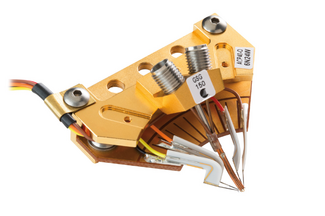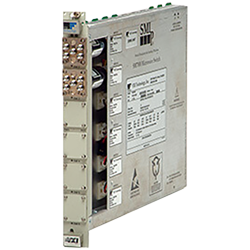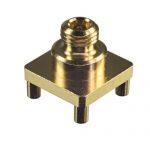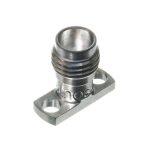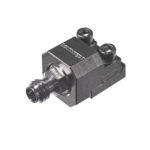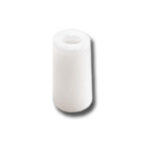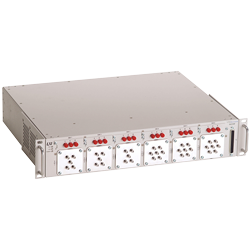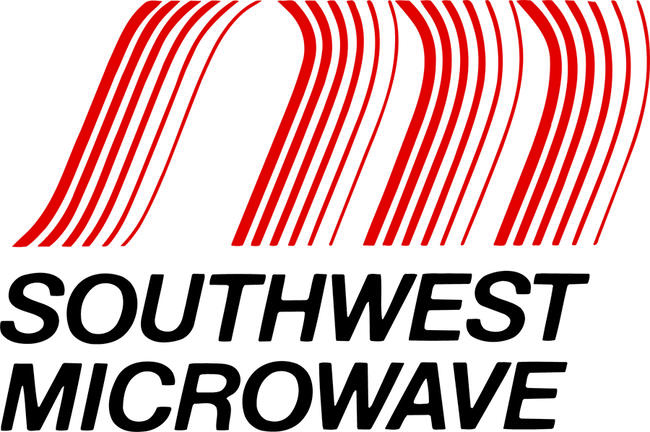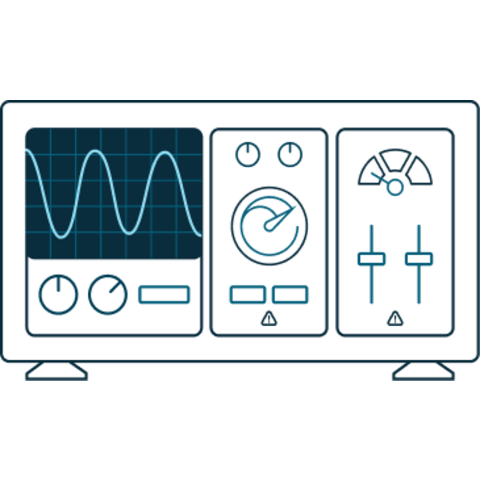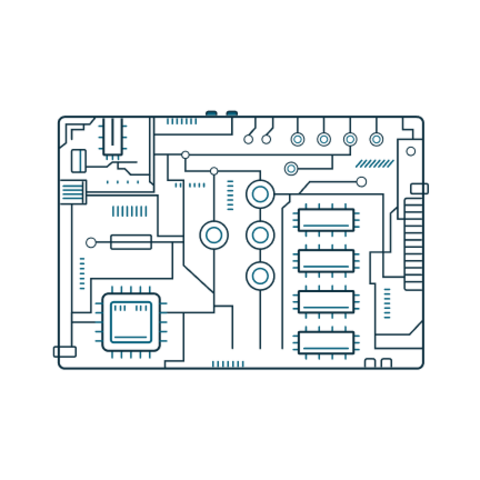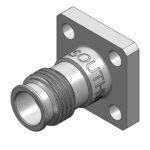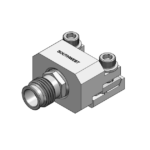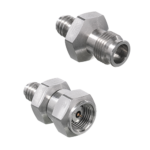Southwest Microwave - 1.35 mm Connectors - DC to 90 GHz
1.35 mm DC to 90 GHz connectors from Southwest Microwave include a field-replaceable 4-hole Flange-mount Connector, standard Thread-in Connector, Cable Connector, clamp-on solderless End Launch Connector, Solderless Vertical Launch Connector, and between series adaptors.
1.35 mm Jack (Female) 4 Hole .375 Square
1.35 mm Jack (Female) Thread-in
1.35 mm Plug (Male) Direct Solder
End Launch 1.35 mm 90 GHz Jack (Female) Narrow Block (.350) Thread-In
|
Model Number |
Pin/Dielectric Diameters |
PCB Thickness |
Data Sheet |
|---|---|---|---|
|
.005/.0290 |
Up to .065 |
End Launch 1.35 mm 90 GHz Jack (Female) Standard Block (.500) Thread-In
|
Model Number |
Pin/Dielectric Diameters |
PCB Thickness |
Data Sheet |
|---|---|---|---|
|
.005/.0290 |
Up to .100 |
Vertical Launch 1.35 mm Jack (Female) 2-Hole Bolt-on
|
Model Number |
Frequency (GHz) |
Data Sheet |
|---|---|---|
|
18, 27, 36, 40, 50, 67, 90 |
Between Series 90 GHz 1.35 mm to 1.0 mm
|
Model Number |
Gender |
Data Sheet |
|---|---|---|
|
Female - Female |
||
|
Male - Female |
More Product Information
Test & Measurement
Download Line Card
Embedded
Download Line Card
Document
